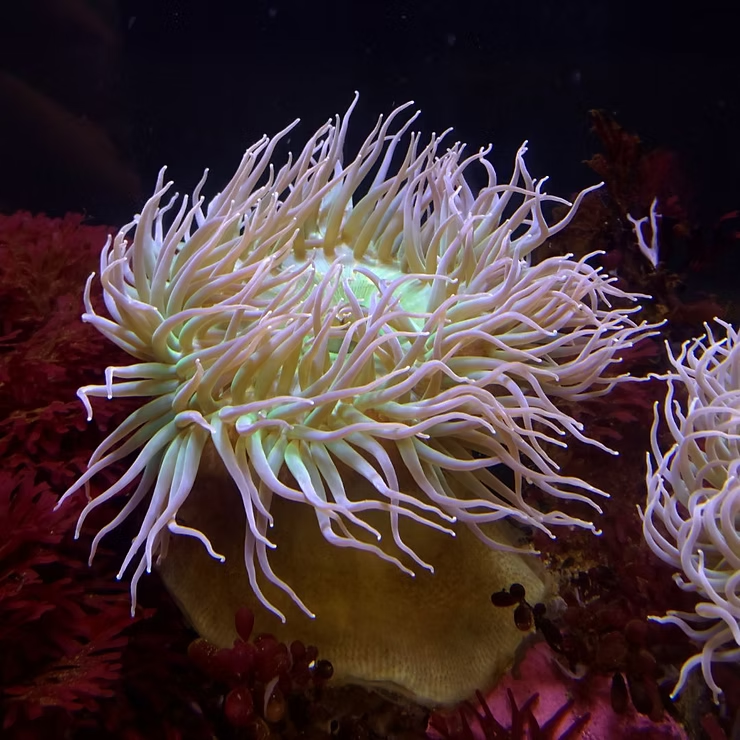Voices Beneath the Waves
Marine life is far from silent. Beneath the ocean’s surface, whales, crustaceans, copepods, and seahorses engage in vibrant communication. From haunting melodies that travel across basins to delicate dances in seagrass beds, these exchanges form the foundation of complex social systems. Exploring their world reveals not only fascinating behaviors but also insights into survival, adaptation, and intelligence beneath the waves.
Whale Songs: The Ocean’s Orchestra
Decoding the Music
Whales sing structured songs filled with moans, pulses, and whirs that carry meaning across miles. These sounds are used to attract mates, warn rivals, and bond socially. Remarkably, whale populations develop unique dialects that evolve over time, echoing cultural traditions much like human storytelling.
Social Networks of the Deep
- Establishing territory and hierarchy
- Attracting mates with distinctive calls
- Coordinating hunts and group activity
- Sharing information on food sources
Their conversations weave a living network across the ocean, making whales both singers and social strategists.
Crustacean Conversations
Shells, Antennae, and Signals
Crabs and shrimps rely on body language and sound to communicate. Pincer waves, antennae flicks, and bubbling gestures signal warnings, courtship, or dominance. Even shell patterns can serve as a visual message in these seafloor exchanges.
The Gossipers of the Seafloor
- Gestures: Pincer displays to invite or deter.
- Sounds: Snapping and rubbing produce clicks and clacks.
- Chemicals: Scent cues warn of danger or signal food.
Tide pools and reefs bustle with these exchanges, where every click and flick tells a story.
Copepods: Tiny Messengers
Though microscopic, copepods are vital players in ocean dialogue. They use chemical cues to find food or mates and vibrations to alert others. By swarming together, they demonstrate collective responses, proving even the smallest creatures engage in sophisticated social exchanges.
The Intelligence of Whales
Problem-Solving and Learning
Whales exhibit remarkable cognition, from bubble-net feeding techniques to navigation across vast oceans. Cultural learning is evident as young whales imitate and practice behaviors taught by elders, reflecting mentorship and community-based survival strategies.
Complex Societies
- Collaborative hunting
- Altruistic acts toward other species
- Shared care for calves within pods
These societies rival those of primates, emphasizing cooperation, teaching, and cultural traditions.
Seahorse Whispers
Courtship Rituals
Seahorses engage in elaborate synchronized dances, often accompanied by clicks and pops. These performances strengthen pair bonds and are influenced by both genetics and habitat.
Habitat and Adaptation
Seahorses use prehensile tails to cling to seagrass or coral, blending into their environment. Males carry offspring in brood pouches, a unique evolutionary role that reflects both genetic adaptation and environmental influence.
Conclusion
The ocean resonates with voices both grand and subtle. Whale songs, crustacean gestures, copepod vibrations, and seahorse dances form a hidden chorus of life beneath the waves. By studying and protecting these behaviors, we deepen our understanding of marine societies and safeguard the intricate connections that sustain our seas.
Frequently Asked Questions
Why are whale songs important?
They serve social, territorial, and mating purposes, with unique dialects across populations.
How do crustaceans communicate?
Through body gestures, snapping sounds, and chemical signals.
What role do copepods play?
They link microscopic life to larger food webs while using chemical and vibrational communication.
How intelligent are whales?
They display cultural learning, problem-solving, and structured social behaviors rivaling primates.
How do seahorses communicate?
Through courtship dances, clicks, and body movements influenced by their habitat and genetics.

